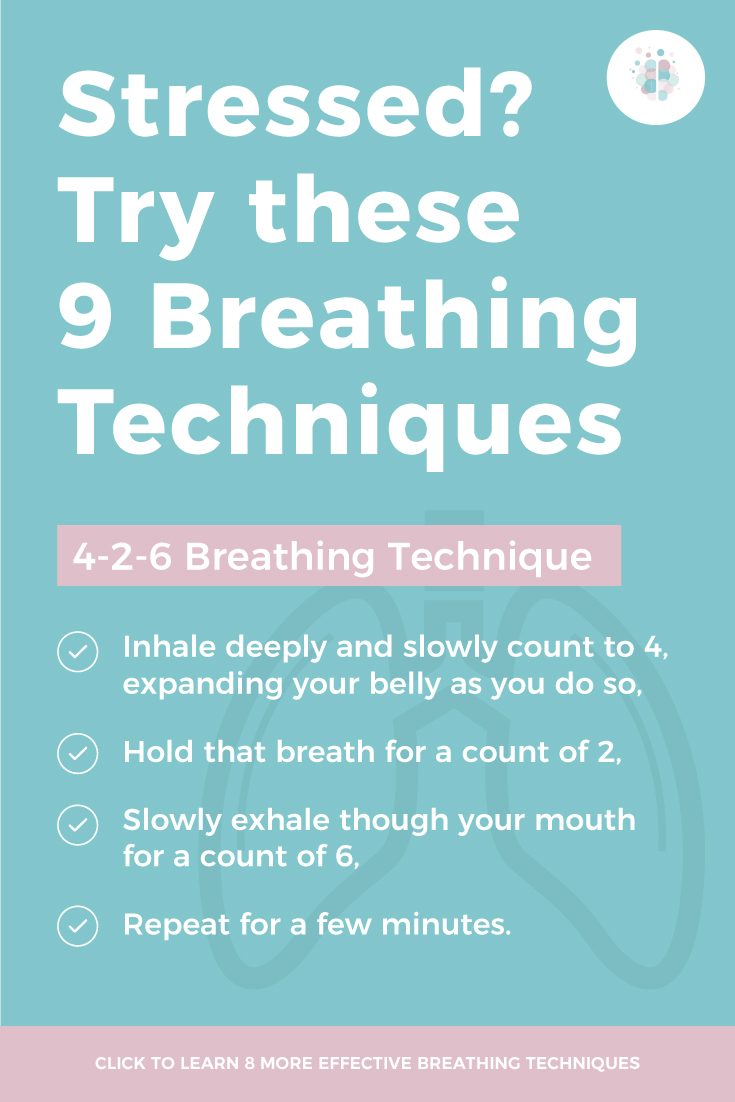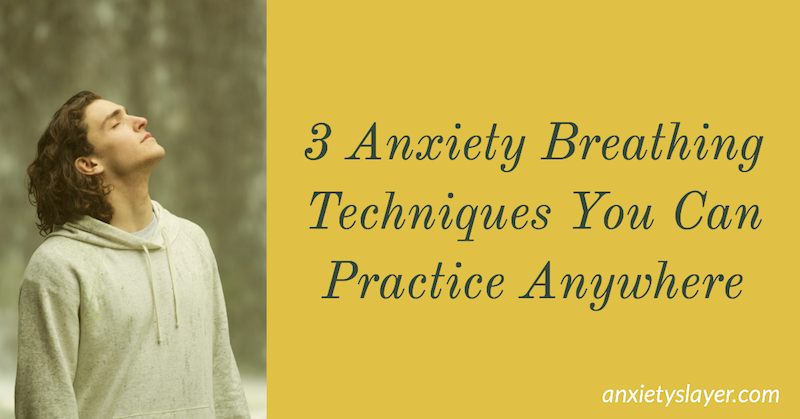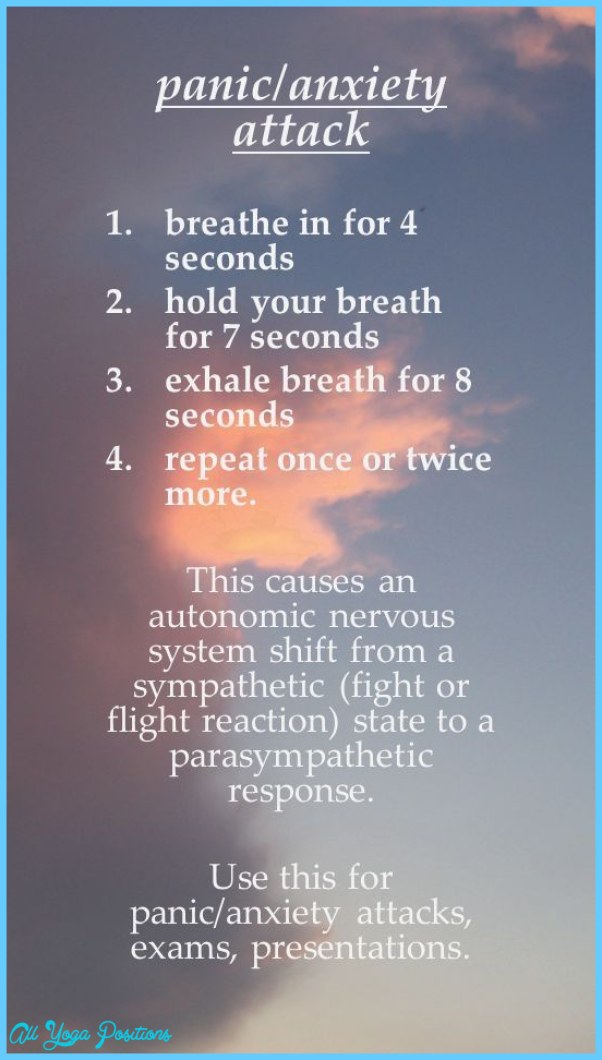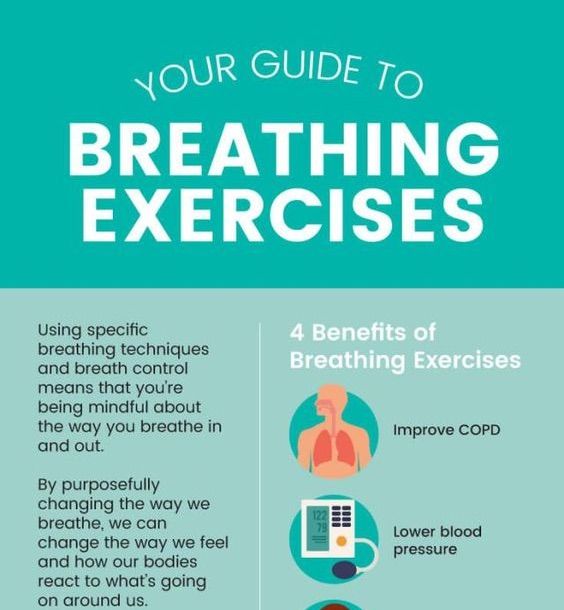Breathing Techniques And Anxiety

Pucker or purse your lips as though you were going to whistle.
Breathing techniques and anxiety. Or you can sit in a chair with your. Most people aren t really conscious of the way they re breathing but generally there are two types of breathing patterns. Because calm breathing is a physiological. Examples are slow diaphragmatic breathing meditation and yoga.
Breathing techniques are more likely to work with those that have severe anxiety or those with panic attacks. To try it yourself. And once learned you can practice them anywhere. Place one hand on your belly.
Relaxation skills can be structured. Exhale slowly by blowing air through your pursed lips for a count of 4. Keeping your mouth closed inhale slowly through your nose for 2 counts. Lie down and close your eyes.
Let your belly fill with air. You can lie on your back in bed or on the floor with a pillow under your head and knees. Breathe in through your nose. When people are anxious they tend to take rapid shallow breaths that come directly from the chest.
Gently breathe in through your nose mouth closed for a count of six seconds. Proper breathing techniques work on anxiety on a physiological level by automatically slowing your heart rate. Breathe out through your nose. Some people couple this breathing with the following practices.
Exhale for six seconds allowing your breath to leave your body slowly and gently. Just three minutes of calm breathing can help you settle racing thoughts and reduce anxiety. Place the other. Breathing techniques are a safe and natural way to calm anxiety.
The effect on anxiety is almost instant. Many people living with high levels of anxiety tend to breathe high up in their chest. Relax your neck and shoulders. Relaxation skills address anxiety from the standpoint ofthe bodyby reducing muscle tension slowingdownbreathing and calming the mind.
Continue for up to 10 minutes. Breathing contributes to anxiety.



























